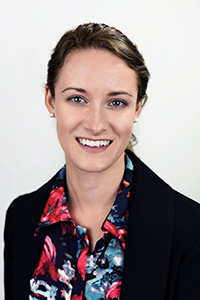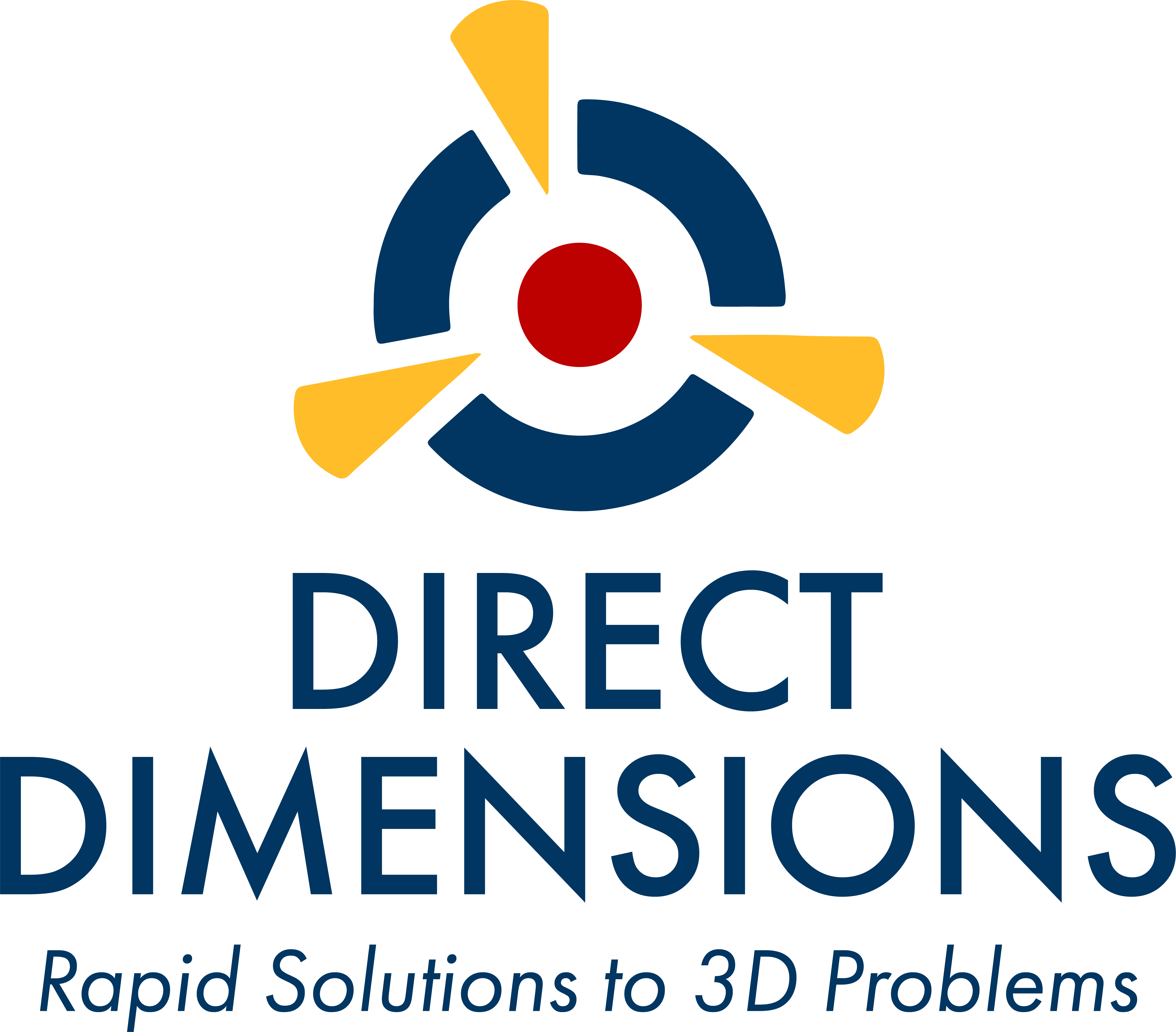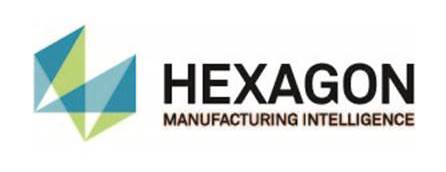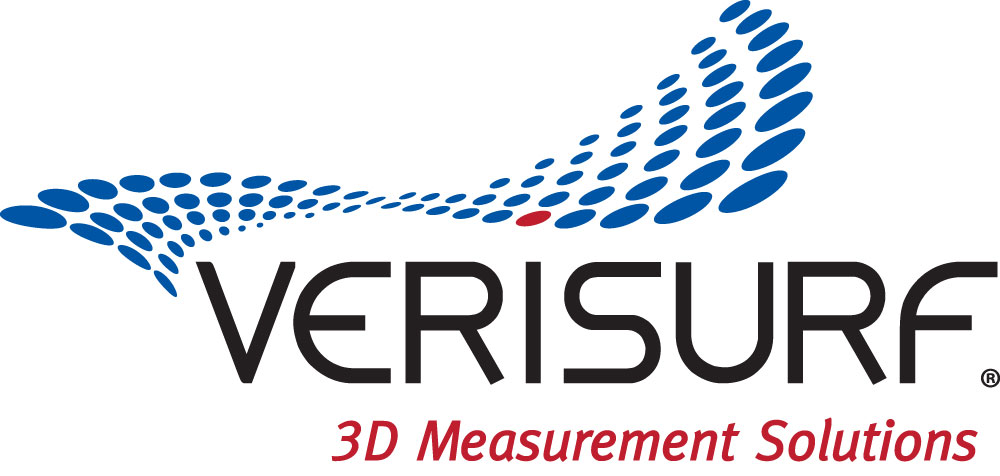Dakota Haines

Dakota Haines
IPMT Lead Engineer
The Boeing Company
Women In Metrology Survey Answers...
1. Tell us about the accomplishments that helped shape your growth/career. Was there a specific project that influenced your decision to join or continue down the path of metrology?
When I first started studying optical engineering in college, I became intrigued by the world of optics and metrology. Once I started my career at Boeing, there was a unique opportunity to work with a portable CMM. I jumped on the opportunity knowing it would be a perfect fit for my background and areas of interest. We have used our P-CMMs at our site to create a team called, Integrated Precision Measurement Technologies. We utilize these tools to salvage worn aircraft parts and save our customers time and money. This has been very inspiring, because the potential uses for the P-CMMs are limitless, and we have just scratched the surface.
2. What was your journey like to get you to where you are now? Was there a particular challenge you had to overcome?
The largest challenge I have faced in my career was simply overcome by standing up for myself. I am a young female in a field of more experienced men. I know I have the intelligence and determination to work on the same level as my peers, learn from them and surpass them by utilizing my own unique strengths.
3. What is your favorite aspect of your role in metrology?
My favorite part of my role in metrology is my position as a team leader. I am passionate about pushing our team to new limits while also keeping the integrity of our measurements. I have to continuously persuade other engineers to adopt and accept our metrology measurements. This can be a fulfilling role to push the boundaries and expose engineers to new technologies.
4. What is the most critical aspect of your role?
The most critical aspect of my role is discerning accuracy of my teams' measurements. It is absolutely critical that our equipment is accurately calibrated and the users handle the hardware properly. It is also paramount that when analyzing the measurement data within our software, that the correct data is being reported. In order to ensure this, we have continuous trainings on best practices as we share lessons learned and the technology becomes more advanced. Additionally, we regularly ensure our equipment is within calibration.
5. Who was one of your mentors as you pursued your education and career?
I met one of my mentors as I was about to graduate college. She worked for Intel as an Engineering Manager and had a passion for mentoring young females in engineering. She was the first person to see my potential and believe in me. She gave me confidence and pointers as I began my search for a full-time position. Her guidance lead to me nailing my interview for a position as an Operations Manager of Lithography at Intel. I accepted this position before I graduated college. I am forever grateful to my first mentor for believing in me and boosting my confidence; she guiding me to the career path I have today.
6. What advice would you give to others who are considering a STEM career?
I would advise someone who is considering a career in STEM to press on and go for it. I personally did not earn good grades in college, but I proved myself by obtaining research positions and summer internships. Anyone considering STEM needs to always be interested in learning and applying new concepts. Have confidence in yourself and be sure of the work you produce; others will pick up on this and trust you in-turn. The STEM fields are always developing, you should be too.
7. When did you get your first chance to work in the Metrology field?
The first time I worked in the metrology field was as a college intern at ASML. I was an Optical Metrology Engineer Intern. I worked on the next generation Extreme Ultra Violet (EUV) Lithography tools for semiconductors. I was given a project to design a better imaging system for a camera inside the vacuum chamber. I was able to develop my own optical design for the lens system and model the design in Zemax. I then tested the design with my own MatLab code to evaluate the images generated. I presented my design and process improvement to the Founder and CEO of the company; my project was chosen as one of the best designs of the year. This experience excelled my interest in metrology and optics.
8. Describe the value that your efforts have delivered for the systems, products and processes.
With the help of my team, we have saved our company and our customers millions of dollars each year with the implementation of our P-CMMs. We are able to drastically cut down on the time it takes to evaluate an aircraft part or reverse engineer a hand-made tool. By implementing these technologies, we are changing the way of modification repair and overhaul (MRO) for aviation.
9. Is there anything additional you would like to add?
I am grateful that CMSC is recognizing women in metrology. It is an underrepresented field, which I find surprising, because it is so interesting and unique! I am fortunate to have found this field, and am passionate about spreading the awareness to current STEM students.






